Of all the oddities of Victorian photography, one of the most incomprehensible to modern eyes is the post-mortem photograph. By the mid-1860s, Montreal studio photographer William Notman (1826–1891) had a carefully developed approach to this sadly common portrait subject. The child has been laid out with eyes closed, looking something like a doll or as though the child might just be sleeping. The background and dress are as light and simple as possible. The focus rests on the still beautiful face of the child rendered as pure and innocent as possible, an effect only enhanced by the scattering of flowers, including a stem propped in the baby’s tiny fist.
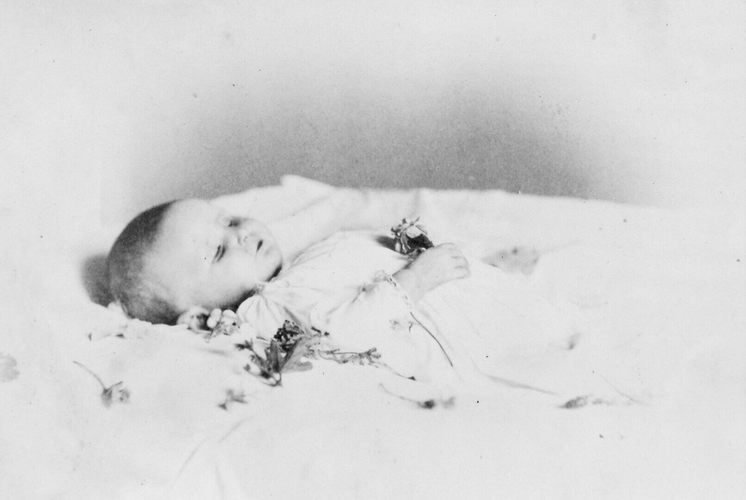
Silver salts on paper mounted on paper, albumen process, 8.5 x 5.6 cm, McCord Museum, Montreal
The idea of posing a dead baby for a portrait may well seem macabre to us, but Victorians had a very different relationship to death and childhood mortality. Almost a third of all children born died before adulthood, and those deaths almost always took place at home. After a death, visitors were received in the family home where they could view the body, which would have been carefully arranged for those paying their respects as well as for the photographer.
If the archives are an accurate reflection, 1868 saw a sharp increase in the number of portraits the studio produced of dead children. It was the same year that Notman’s beloved first-born daughter, Fanny, died of meningitis at the age of eleven.
This Spotlight is excerpted from William Notman: Life & Work by Sarah Parsons.
 Stitching the Archives
Stitching the Archives
 A Working-Class Hero
A Working-Class Hero
 Imagining Entangled Futures
Imagining Entangled Futures
 Bridging Far and Near
Bridging Far and Near
 Soft Power
Soft Power
 Imagining Emancipation
Imagining Emancipation
 A Priceless Portrait
A Priceless Portrait
 Meditation in Monochrome
Meditation in Monochrome
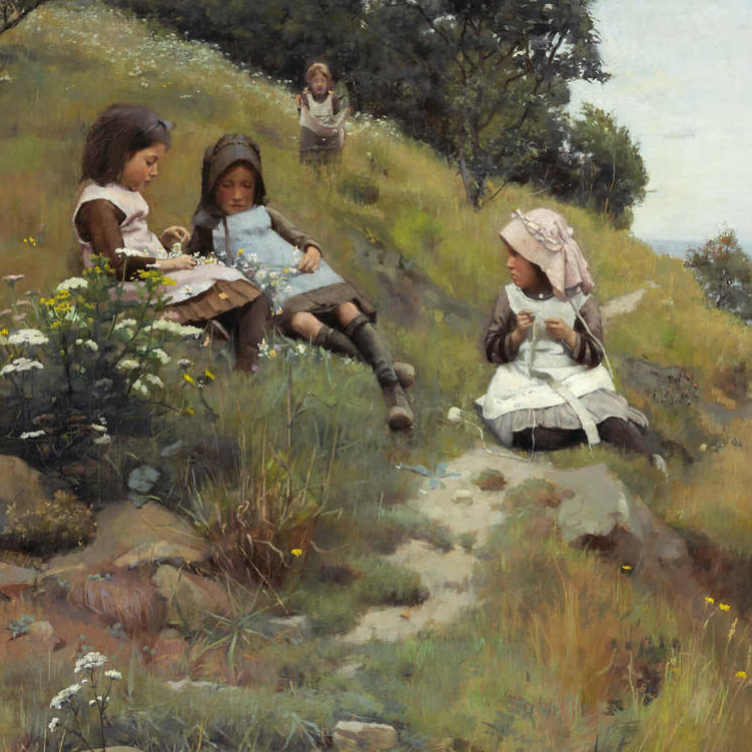 Making His Mark
Making His Mark
 Honour and Sacrifice
Honour and Sacrifice
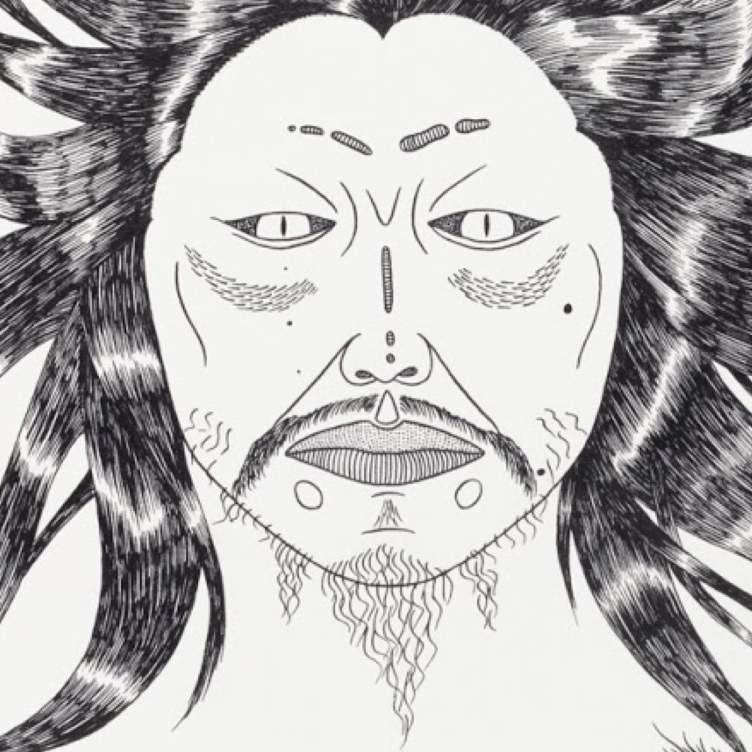 A Monstrous Vision
A Monstrous Vision
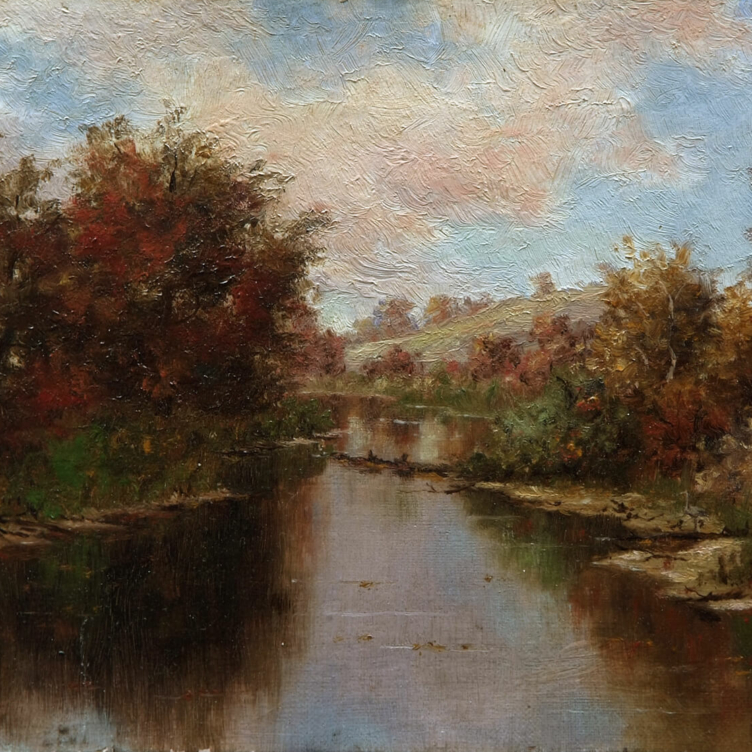 Remote Beauty
Remote Beauty
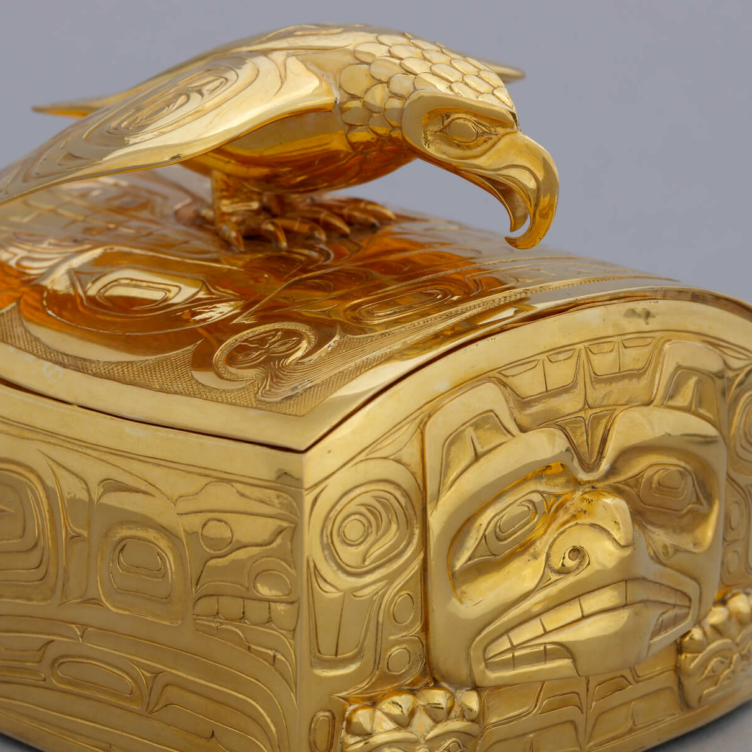 Pride and Resistance
Pride and Resistance
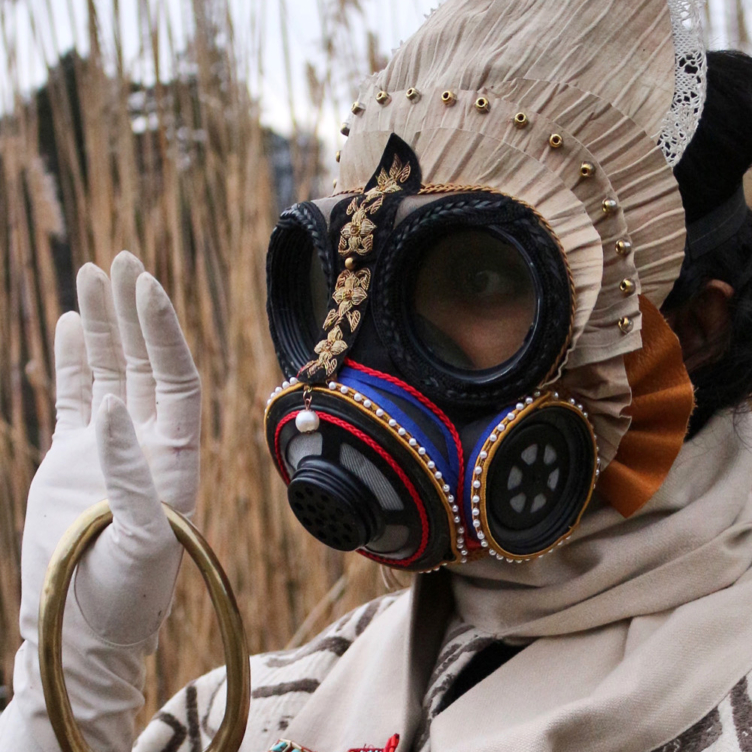 Dressed for Danger
Dressed for Danger
 Masks from the Past
Masks from the Past
 Lessons from the Land
Lessons from the Land
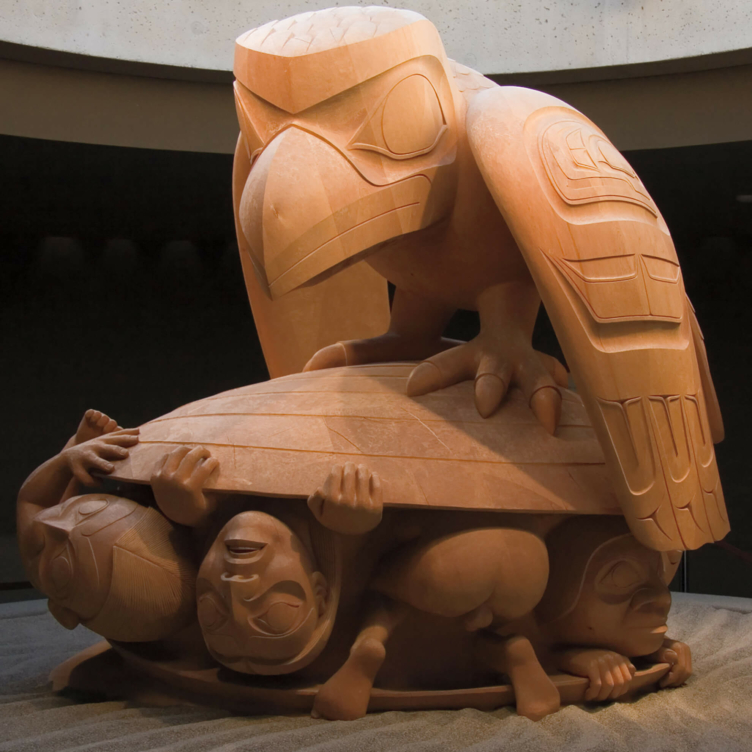 A Cultural Hero
A Cultural Hero
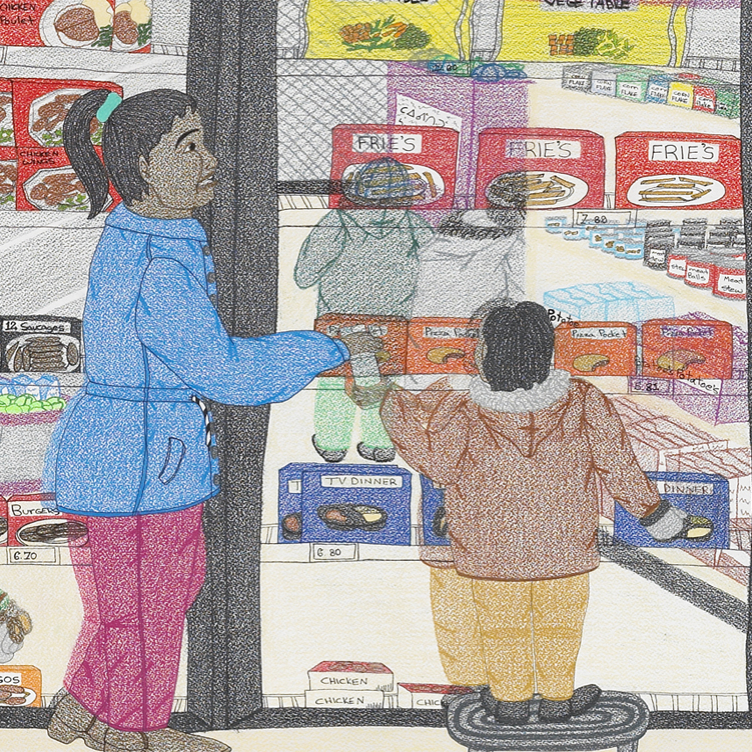 Food for Thought
Food for Thought
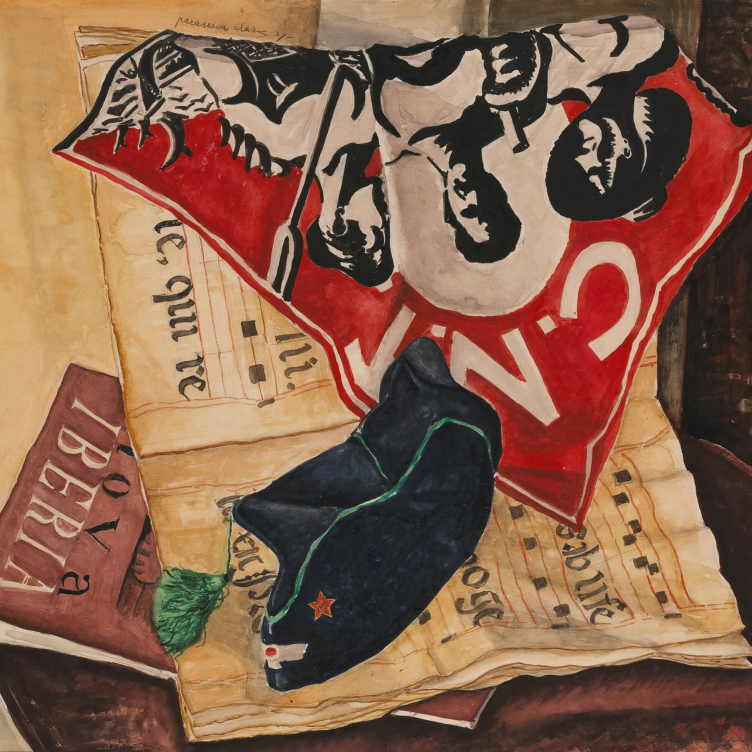 A Passion for Activism
A Passion for Activism
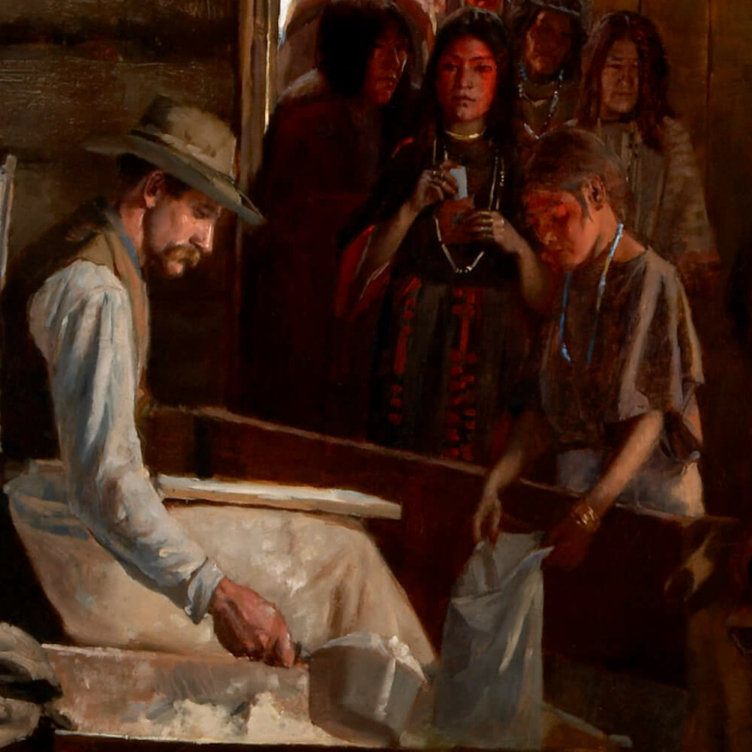 Starvation and Scandal
Starvation and Scandal